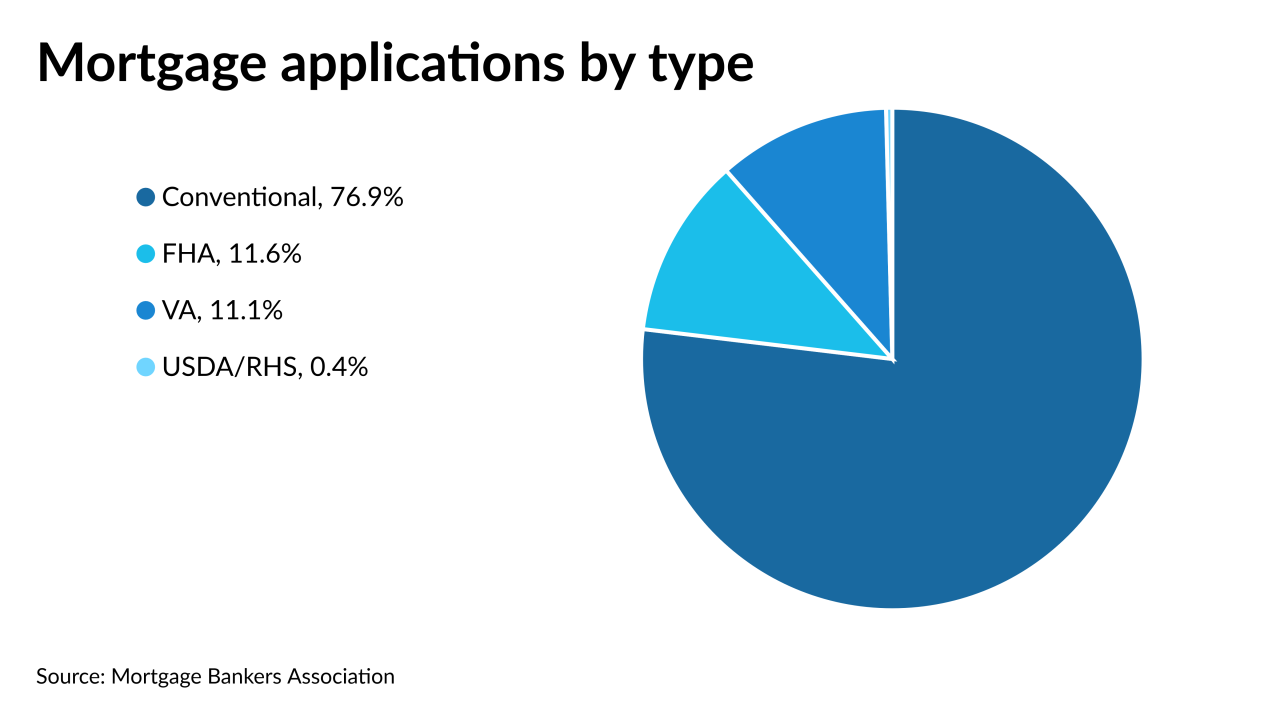-
While there were fewer new mortgages sought on a week-to-week basis, the index was higher than it has been during the same week in the last two years.
March 31 -
Point of sales providers are bringing improvements to their systems as loan officers look for ways to keep their pipelines active.
March 30 -
But the 10-year Treasury yield began backing down after the weekend as investors reacted to turmoil in Europe.
March 25 -
Despite a 3% increase in new mortgages, overall applications dropped 2% on a consecutive-week basis due to a 5% decline in refis, according to the Mortgage Bankers Association.
March 24 -
While the economic recovery and stimulus checks drove upward movement in purchases, it wasn’t enough to offset tumbling refinance activity.
March 17 -
As more borrowers between 21 and 40 leveraged the historically low mortgage rates in January, the average age rose to a report high, according to ICE Mortgage Technology.
March 10 -
Finance of America Reverse's product combines features of a forward mortgage, like 10 years of payments, with parts of a non-recourse reverse loan.
March 10 -
Mortgage rates surged 40 basis points since the start of the year as the economy improved.
March 10 -
Servicers struggled to bring back their borrowers as the overall retention rate crept down to a nadir in the fourth quarter, according to Black Knight.
March 8 -
A slight lift in the purchase market paired with a surprising reversal in the size of the average loan, according to the Mortgage Bankers Association.
March 3









